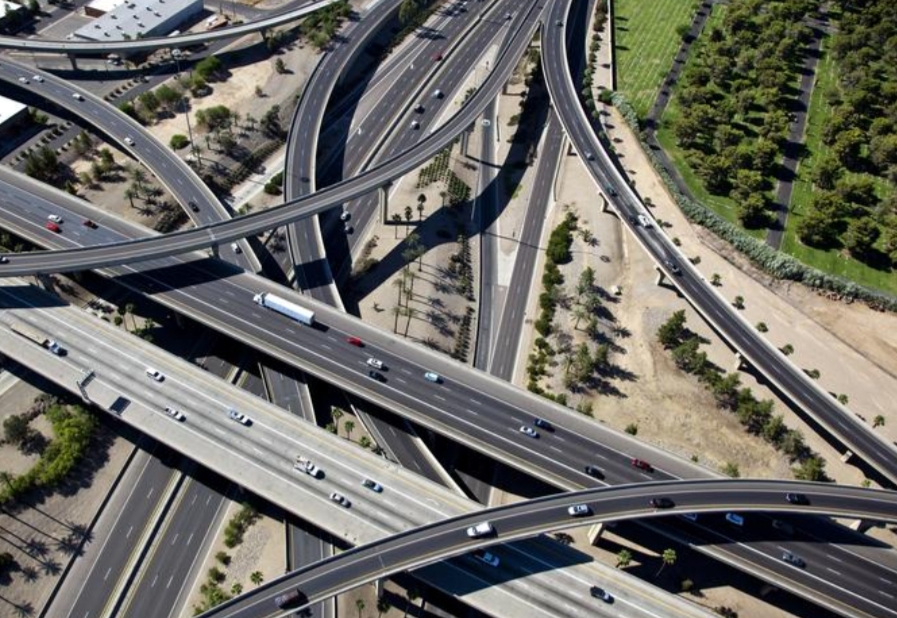
America’s legendary highway is a masterpiece of engineering. From its innovative design to its groundbreaking safety features, it changed the way people travel across the country.
Even today, it stands as a symbol of American ingenuity and the vision of the engineers who built it.
The American superhighway stands as a true engineering marvel. These roads have carried cars, trucks, buses, and more safely and efficiently across the country for decades.
If you’ve driven through Pennsylvania anytime in the past 85 years, there’s a good chance you’ve paid a toll on the Pennsylvania Turnpike.
While it may seem ordinary today, when it opened in 1940, it was the most advanced highway in the United States—and over time, it became known as one of America’s safest.
America’s superhighways—divided, high-speed roads with multiple lanes in each direction—span the country, making it easy to drive between almost any two points.
They come in all sizes, from modest two-lane roads in each direction to enormous highways built to handle a staggering volume of traffic every day.
One of the widest stretches is a section of Interstate 10 in Texas, west of Houston, where the highway expands to an astonishing 26 lanes when you include the frontage roads.
Most Americans probably don’t think much about these highways—except when tolls go up or traffic slows due to construction or congestion.
And let’s be honest, you weren’t thinking about highway engineering while stuck behind a semi-truck going 70 mph, slowly overtaking another semi at 69 mph.
If you can look past the dull or frustrating parts of long-distance driving, highways are actually remarkable.
Every detail has a purpose, from the spacing of the lane lines to the rumble strips along the shoulders.
And one highway in particular deserves credit for innovations that Americans often take for granted: the Pennsylvania Turnpike.
